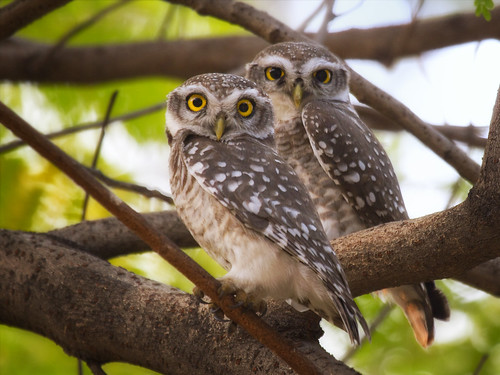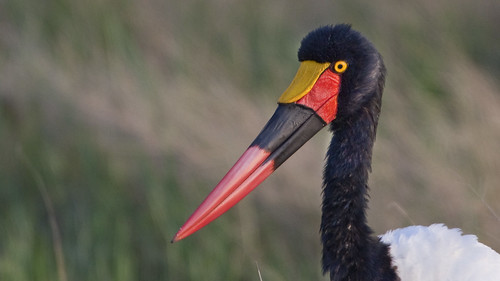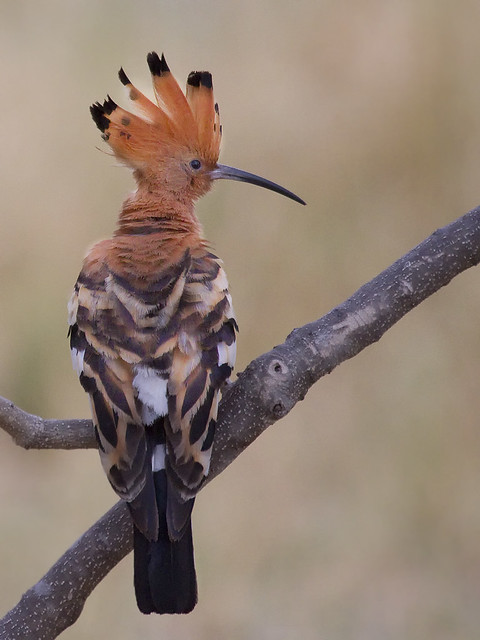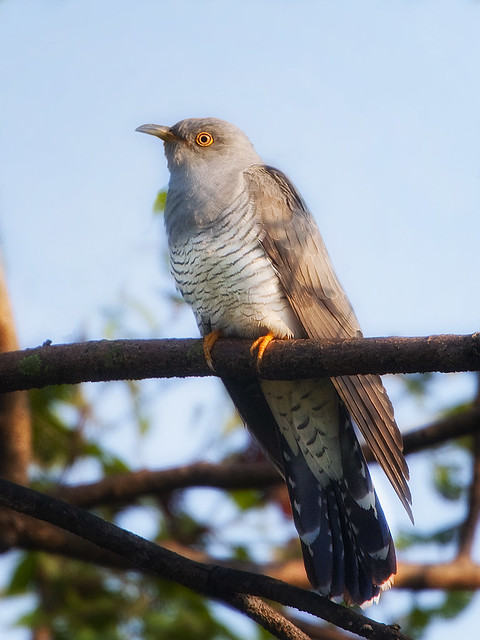
The species name brama is from the French name Chouette brame and indirectly refers to this owl’s Indian habitat by way of homage to Brahma, the Hindu supreme spirit. In Hindu mythology the owl is a vahan (mode of transport) of Lakshmi, goddess of wealth. This myth has let to sacrifices of owls in hopes of finding treasures and hidden wealth.








